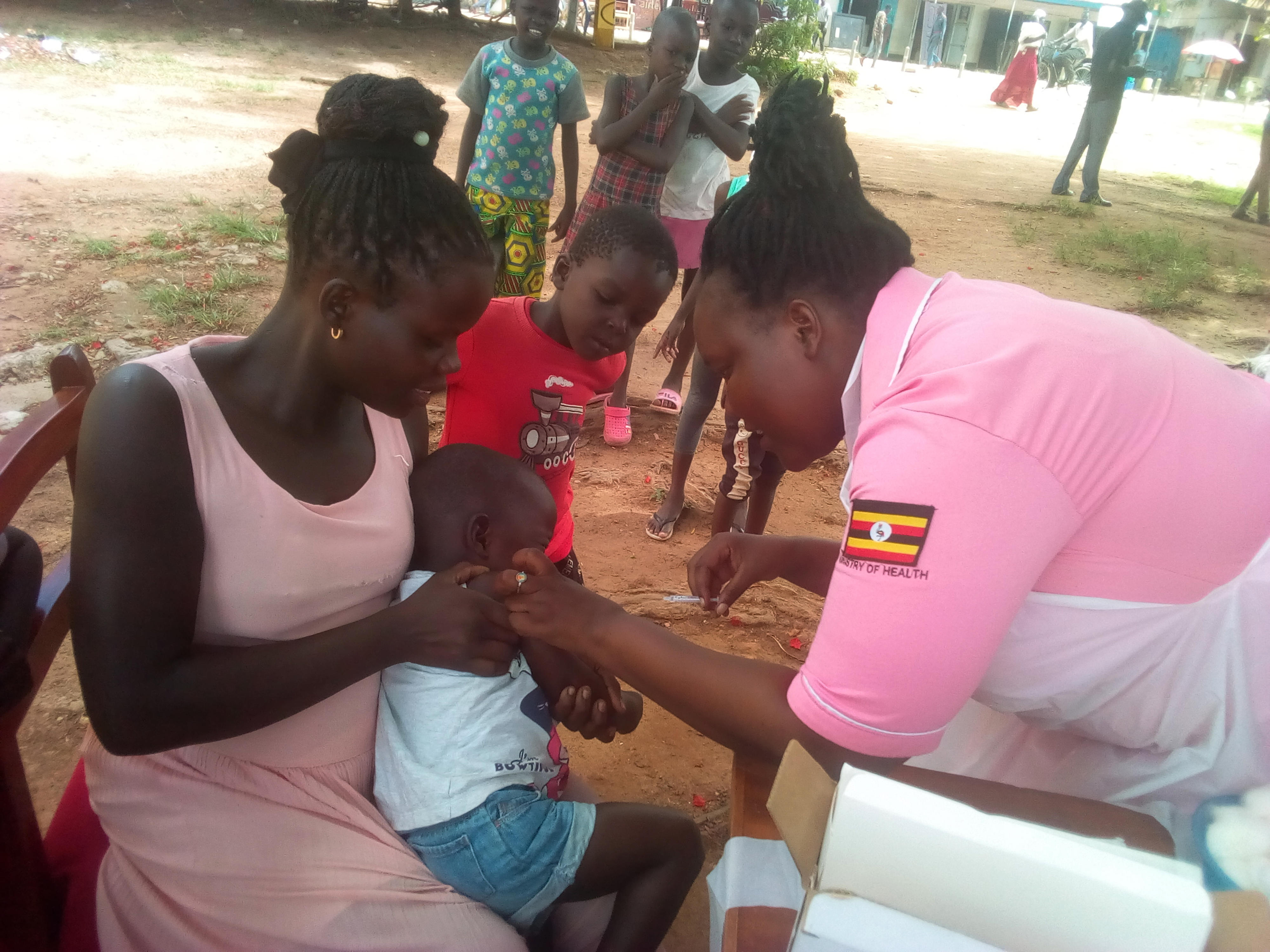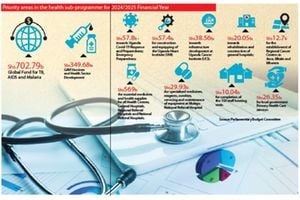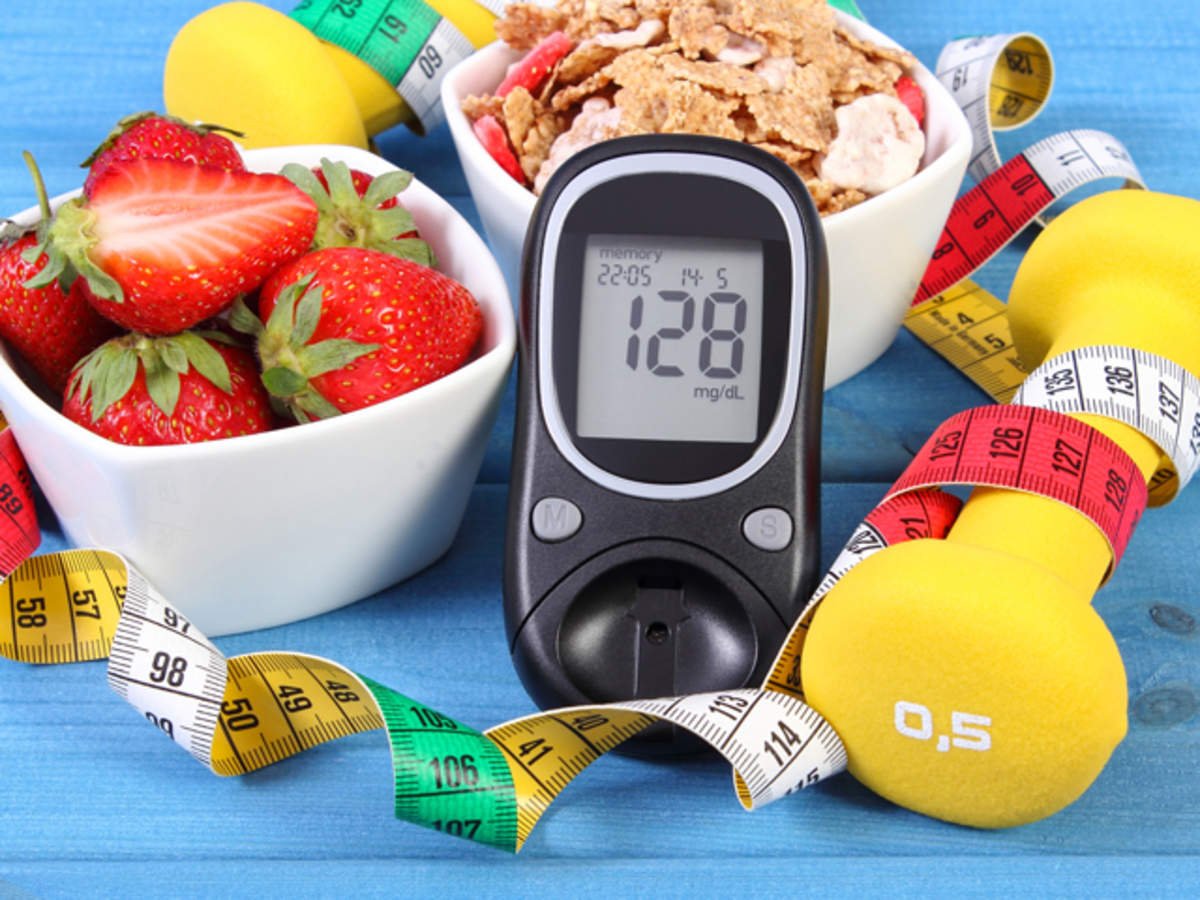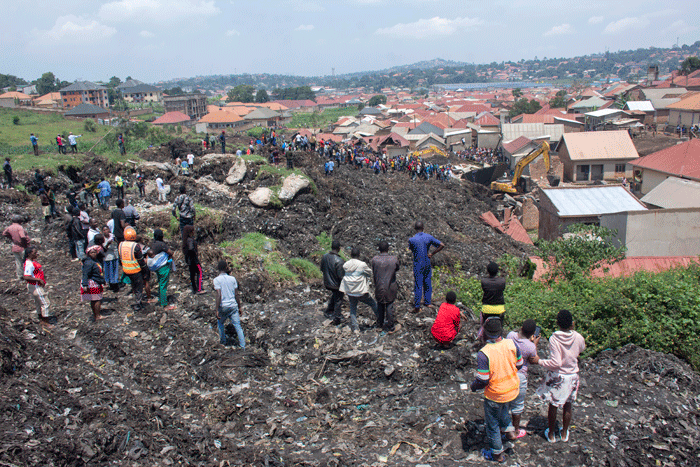
The International Diabetes Federation (IDF) ranks Uganda among the top 48 countries with a growing diabetes-related health issue. FILE | PHOTO
The government subsidised just under Shs130 billion for treatments prescribed by doctors for people with type 2 diabetes, with individuals spending fourfold more in private health facilities.
According to a study by Makerere University’s Economic Policy Research Centre (EPRC), the total direct economic cost for treatment and management of Type 2 diabetes, complications inclusive, in 2022 alone was estimated at Shs435.8 billion (age-standardised), Shs230.2 billion (20+ years), and Shs183.5 billion (20 to 79 years). Age standardisation accounts for differences in the age structure between populations.
The researchers established that the total direct economic cost in private healthcare facilities incurred by individual patients in 2022 to control and treat Type 2 diabetes and its related complications cost about Shs1.743 billion (age-standardised), Shs920.6 billion (20+ years), and Shs734.0 billion (20-79 years).
The direct economic costs in the public healthcare sector were found to be lower (20 percent) than those in the private healthcare sector (80 percent) since treating and managing Type 2 diabetes and its complications are unaffordable, the report said.
“Besides, given that the numbers of patients seeking healthcare directly drive costs, it is thus not surprising that the total direct economic cost’s burden of treating and managing diagnosed T2DM (Type 2 Diabetes Mellitus) falls heavily on individuals and households, as many seek private healthcare facilities for treatment,” the report added.
Sedentary lifestyles
Dr Gerald Mutungi, the Assistant Commissioner for Non-Communicable Diseases (NCD) Prevention and Control Department at the Ministry of Health, conceded in an interview that Type 2 diabetes “is becoming a huge problem.” He further disclosed that the number of people diagnosed with the disease has risen sharply alongside the surge in obesity.
“Many of us eat poorly because we live in urban centres where fast foods are the best options. We drink juices, sugar-sweetened beverages, and alcohol, and exercise less because of motorised transport,” he said.
While the government has subsidised the costs of drugs and made them accessible to patients, Dr Mutungi says complications arising from the disease are a great source of concern. The complications in question, he adds, are serious, “like kidney failure, where you require a transplant or dialysis, which makes it very complicated for an ordinary Ugandan.”
The International Diabetes Federation (IDF) ranks Uganda among the top 48 countries with a growing diabetes-related health issue. A total prevalence of 4.1 percent for all types of Type 2 diabetes (diagnosed and undiagnosed) in Uganda in 2019 translated to 1.69 million Ugandans ravaged by the NCD.
According to the Uganda Diabetes Association (UDA), rural eastern Uganda, with a diabetes prevalence of 7.4 percent and a pre-diabetes prevalence of 8.6 percent is the most affected region in the country.
Type 2 diabetes prevalence among Ugandans aged 40 and above shot up to 3.3 percent in 2023 from 1.4 percent in 2014. The EPRC’s study shows that in 2022 patients spent Shs1.4 billion at private healthcare in visits to seek consultation and hospitalisation for the disease. Rose Acula is part of that statistic. After unsuccessfully toiling to treat symptomatic left thigh and left armpit swellings between 2016 and 2017, she was diagnosed with an advanced stage of Type 2 diabetes in 2021.
Damage to wallets
A peasant farmer and resident of Awoo village, Parak Parish, in Lakwana Sub-county, Omoro District, Ms Acula said she spent Shs3.3 million in 2023 alone to manage complications and secure medication to treat the disease.
“The most amount of money I spent to treat the wound and the disease was Shs7.2 million between 2021 and 2023. While my hardware business struggled to survive the lockdown, the little I made from it went to my treatment until it collapsed in mid-2022,” she told Sunday Monitor.
“I get my medicines from Gulu Referral Hospital and also manage the complications from there. With limited financial sources, to date, I am supported medically by my two sons who do business in Gulu City,” she added.
Such is the rate at which Type 2 diabetes is rising that one in every five patients, who visits Lacor Hospital seeking medical help has the NCD.
“I can tell you that the disease is among the top 10 diseases for which patients regularly visit the hospital across the country, but at Lacor Hospital here, it is among the top five diseases we handle currently,” Dr P’Kingston Ojok, the hospital’s deputy medical director, said.
“When one has it, they are at high risk of developing high blood pressure, just like when you have high blood pressure, it is common that you could catch diabetes, which is now one of the causes of poverty because, as a patient, you have to avoid many foods, your feeding is restricted, and you have to spend handsomely on certain types of food,” Dr Ojok added.
While T2DM is a treatable and controllable condition, the costs involved are prohibitively high.
“The drugs are expensive, treatment of diabetes is expensive, and management is generally expensive because a diabetes patient who is on insulin has to pay for it; one on oral tablets has to pay for it, and you take it for too long such that even if you have money, you may not have it forever; many people now find it unaffordable,” Dr Ojok noted.
Prevention is key
Whereas complications such as diabetic eye treatment cost Shs10.1 million in a private facility and Shs4.6 million in a public facility, the costliest complication is said to be a kidney transplant that costs about Shs120 million. Elsewhere, undergoing hemolysis was between Shs14m and Shs31m in 2022.
The Health ministry’s epidemiology data shows that approximately 61 percent of Type 2 diabetes patients are hypertensive. This translates into more expenditure burden on individuals with both complications to manage and treat the diseases. For instance, “diagnosed T2DM-related hypertension and antihypertensive therapy drive direct costs [to] Shs565.5 billion and Shs2.3 trillion for T2DM patients seeking public and private healthcare facilities, respectively” per the EPRC study.
While the ministry’s epidemiology indicates a potentially higher future burden, the research findings, despite highlighting existing gaps in the knowledge, present new information that may be used to reduce expenditure in the future while improving health outcomes, particularly for Ugandans living with the disease.
With the significant costs involved in treating and managing Type 2 diabetes in public and private facilities, besides the high prevalence of undiagnosed cases, the government will need about Shs435.8 billion to tame the costs.
“Invest in creating national awareness and prevention programmes; prevention will require the government to invest in cleaning up the food environment and ensuring access to healthy diets for all Ugandans,” the EPRC study recommended.
DIABETES BURDEN
According to the Uganda Diabetes Association (UDA), rural eastern Uganda, with a diabetes prevalence of 7.4 percent and a pre-diabetes prevalence of 8.6 percent is the most affected region in the country.
Type 2 diabetes prevalence among Ugandans aged 40 and above shot up to 3.3 percent in 2023 from 1.4 percent in 2014. The EPRC’s study shows that in 2022 patients spent Shs1.4 billion at private healthcare in visits to seek consultation and hospitalisation for the disease.








